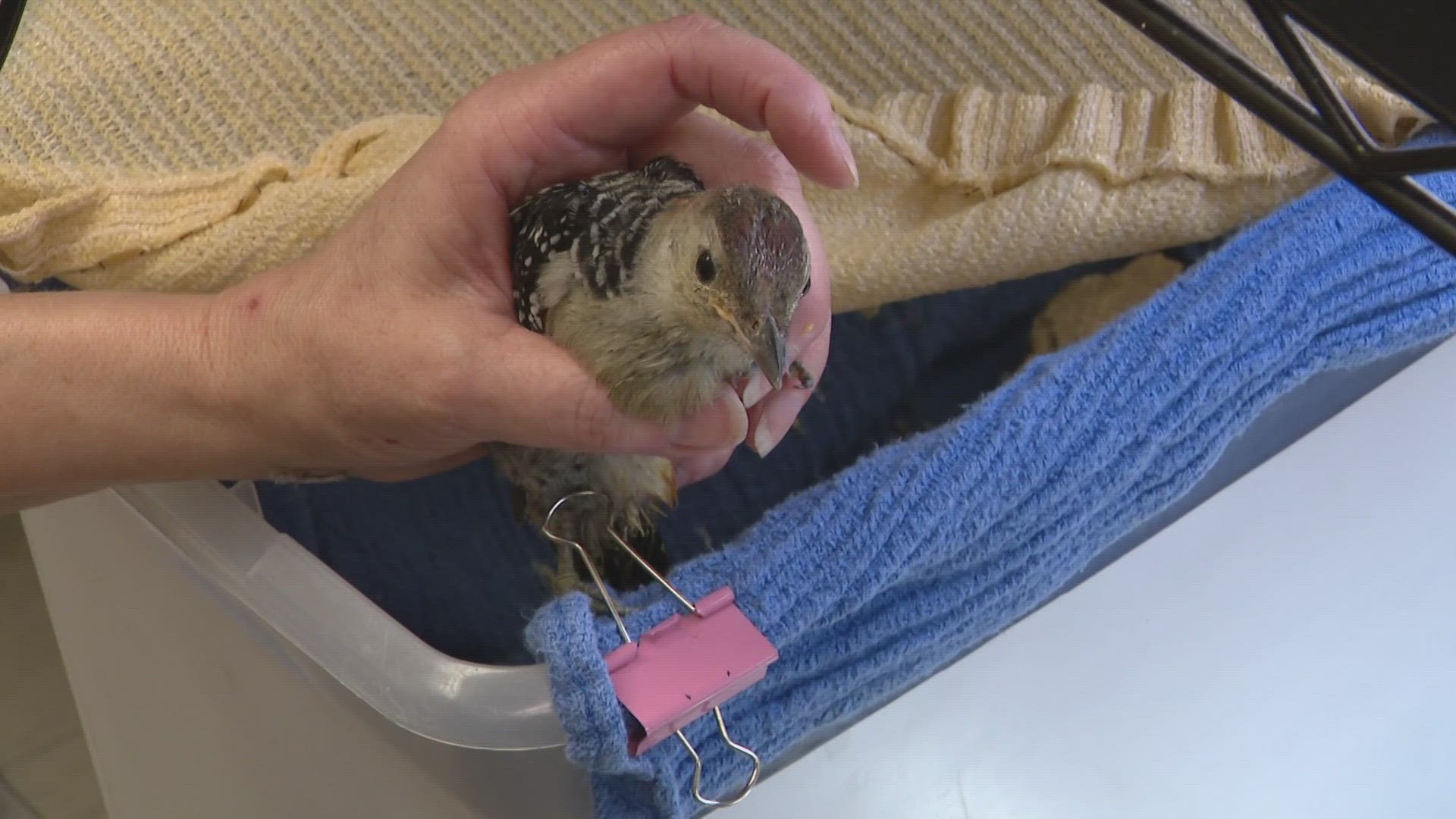MISSOURI, USA — The nearly 400 species of birds that call Missouri home are declining at a rapid pace.
Since 1970, North America has lost 2.9 billion birds, or 29% of the total population, according to the Missouri Department of Conservation. In the past 10 years, the decline has been speeding up.
A Washington Post analysis of data from eBird, the crowdsourced database of bird observations managed by the Cornell Lab, broke down the shocking bird population declines city by city.
- St. Louis' largest declines were in American Goldfinch (38%), Rock Pigeon (36%) and Common Grackle (29%), according to the data.
- O'Fallon, Missouri's largest declines were in American Tree Sparrow (56%), Ring-billed Gull (47%) and Red-winged Blackbird (24%).
- Florrisant's largest declines were in American Tree Sparrow (51%), Lapland Longspur (46%) and Herring Gull (39%).
MDC State Ornithologist Kristen Heath-Acre confirmed to 5 On Your Side that the bird declines listed in the Washington Post's story are on par with what conservationists throughout the state have seen.
"Missouri is really a snapshot of the bigger picture of global bird declines that we've seen," Heath-Acre said. "Missouri has green spaces everywhere, so those losses of bird species affect a core value of Missouri and how we go about our daily lives."
There are numerous reasons for bird population decline in Missouri specifically, but humans play a part in each cause. Habitat decline and loss of grasslands caused by agricultural field conversion or increased urban development are the primary drivers of bird population decline. Increased use of insecticides, which poison the primary food source of numerous birds, is also a driver behind the drastic decline in birds.
Losses in bird population don't only result in there being less birdsong in tress, but also has dire impacts on Missouri's natural and urban ecosystems.
"Birds are good for Missourians' health, good for the economy, what's good for birds are good for your property values," Heath-Acre said.
- Birds eat between 400 to 500 tons of insects per year, including:
- Pests that would otherwise decimate agricultural crops, gardens, and other vegetation
- Mosquitoes and other biting insects
- Crows and vultures scavenge carcasses, reducing the spread of diseases
- Birds disperse seeds and spread plants around the state
- Birds help pollinate plants
- Hawks and owls help keep the mouse and rat populations in check
While the majority of birds are disappearing, a few have actually seen large increases, thanks in part to conservation work the state has done.
Blue Jay, Northern Cardinal and multiple different kinds of geese have all seen substantial increases over the past 50 years. Heath-Acre attributes the increases to some birds being better suited to living in a human-dominated environment while others, like waterfowl, are thriving thanks to conservation efforts taken by the state.
"When hunters hunt waterfowl, they have to purchase federal duck stamps with a general hunting license and that money goes towards wetland conservation directly," Heath-Acre said. "Missouri is a leader in conservation. Calls that I'm getting [about bird population decline] are from people who care and it just shows me that support for natural resources and wildlife and this state."
Top St. Louis headlines
Get the latest news and details throughout the St. Louis area from 5 On Your Side broadcasts here.

